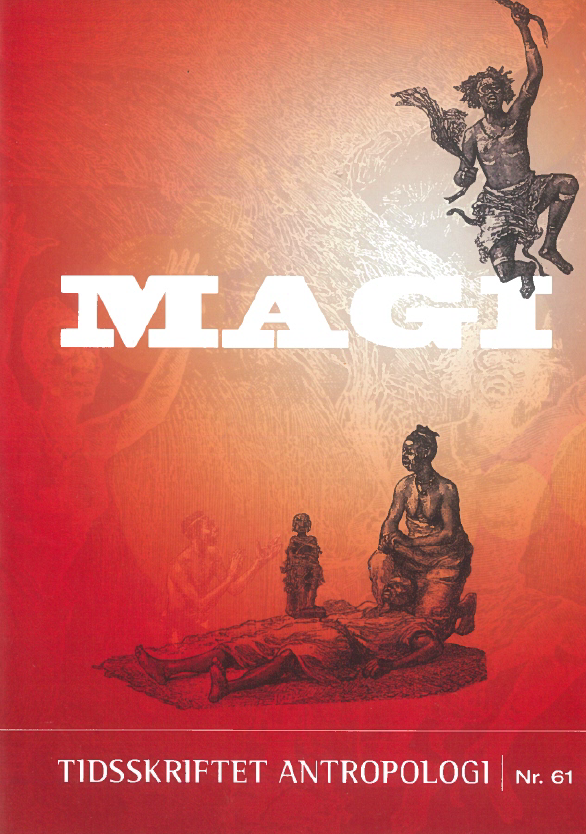TIL KONSULTATION HOS ÅNDERNE: Om klarsyn, energier og magi i Danmark
DOI:
https://doi.org/10.7146/ta.v0i61.106863Resumé
There is a long-standing anthropological tradition of studies where the concept
of magic is related to crisis and the re-establishment of order, whether on a
social or an individual level. The risk of this approach, however, is that we may
mistake the intention with magic for its result, and thus overestimate the role of
crisis, the management of problems and the construction of meaning. This article
demonstrates that instead of providing answers and solutions, the engagement with
magic may just as well open up for new questions and new problems. The subject
of the study is spiritualism and second sight as practised in contemporary Danish
society primarily by women. In this context, magic is not necessarily something
extraordinary that people turn to when facing severe trouble, but rather a way of
dealing with social relations in everyday life. My approach is inspired by Evans-
Pritchard’s classic work on witchcraft, oracles and magic among the Azande in
the sense that the concept of magic forms only one leg in a triangle with energies
and second sight as the other two. Second sight is provided by mediums passing
on messages from deceased relatives or other spirits at platform demonstrations
or in private consultations. The messages often deal with distance and proximity
in social relations and how to protect yourself against feelings of being drained of
energy or invaded by other human or spiritual beings. The term energy provides a
sense of physical reality to these otherwise subtle feelings and makes it possible
to deal with them in concrete situations through spells, invocations, and other
kinds of magic manipulation.
Keywords: Spiritism, social relations, the boundaries of self , women.
Downloads
Publiceret
Citation/Eksport
Nummer
Sektion
Licens
Ophavsretten til artiklerne i Tidsskriftet Antropologi tilfalder forfatteren.
Artikler publiceret i Tidsskriftet Antropologi må citeres, downloades og videresendes for ikke-kommerciel brug, under forudsætning af normal akademisk reference til forfatter(e) samt tidsskrift, årgang, nummer og sider. Artiklerne må kun genudgives med eksplicit tilladelse fra forfatter(e) og tidsskriftet.


